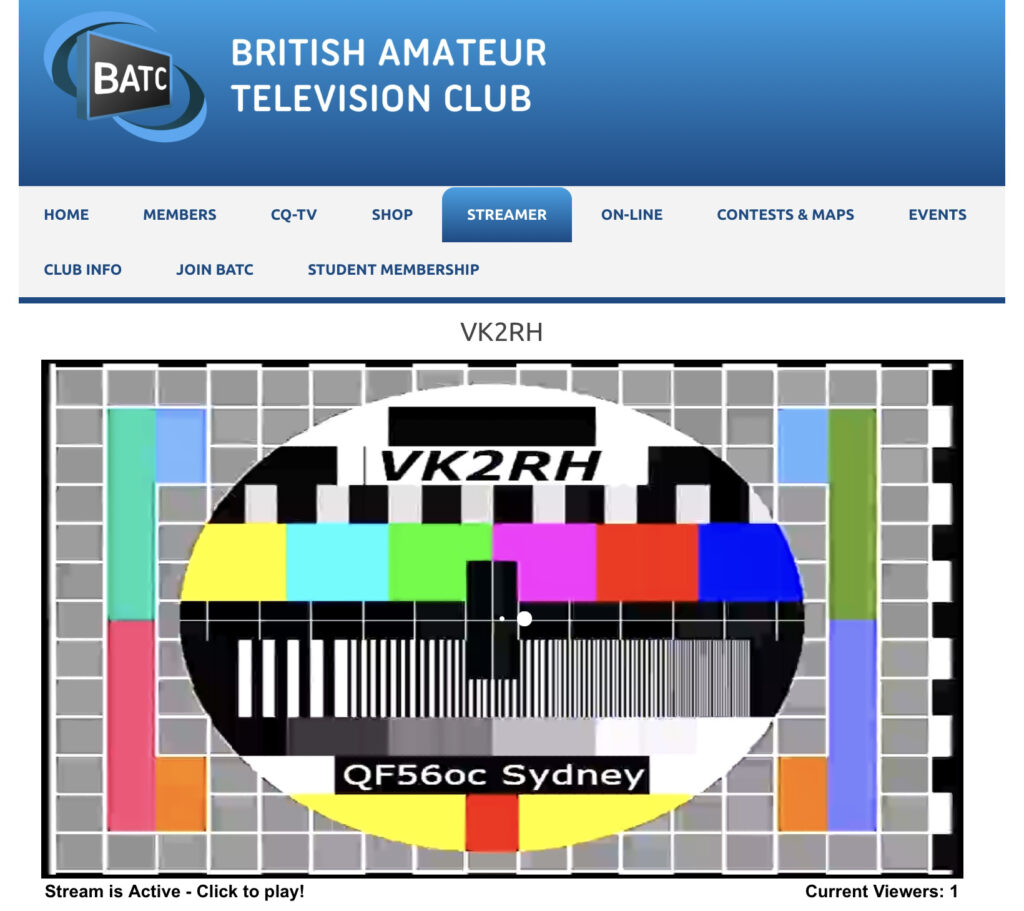
For the last few years I have been slowly building up a capacity to generate digital TV signals, all based on the strong shoulders and boundless enthusiasm of the BATC, the British Amateur TV Club. The BATC represents perhaps the best value in contemporary ham radio, assuming you’re interested in DATV of course! And they have an active international focus.
They have actively developed economical and effective ways to to get a DATV signal on the air, most recently with their Portsdown project. At the outset it has to be said that while it’s possible to generate a useable and even respectable CW signal with a handful of components and little cash outlay, you generally need to be prepared for a more intense investment when it comes to DATV. But by utilising readily available components (such as the Raspberry Pi 4, the Lime Mini SDR or the Pluto SDR with some artful programming) they have made the onramp easier than ever.
The main parts of their website are the website itself including the brilliant BATC streamer, the members’ online forum, the shop and the members’ wiki. The forum is the most active and where most deiscussion takes place. The wiki is open to all members to publish and enhance details of projects etc.
One feature of their website is a a complete listing of their quarterly magazine CQ-TV. This is a great window on the deep history of the technology and the club’s long history of enabling DATV.
As I write this (in early April 2024) they have just released number 283 of CQ-TV. I’m always surprised at gems I discover as I skim back through the collection (available in their online archive), including getting a better sense of the assumptions about current projects. The wiki includes a listing of articles by issue. Anyone can download and read their archive, and access to the latest two years of CQ-TV require digital membership, which I think is a bargain at £8 a year!
In any case I need to get my own DATV project back on the rails again with an inventory of what I have already contructed and then to work out exactly what needs to be done to generate some useful DATV RF!
My Digital Amateur TV projects include:
- the Portsdown 4 DATV transmitter incorporating the Langstone microwave transceiver,
- the MiniTiouner 2 DVB-S & DVB-S2 receiver,
- the Knucker DVB-T tuner,
- the Ryde DATV receiver
- and associated devices for transmission and reception of DATV signals